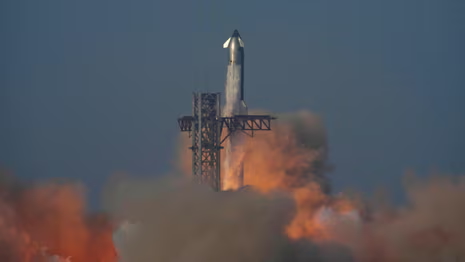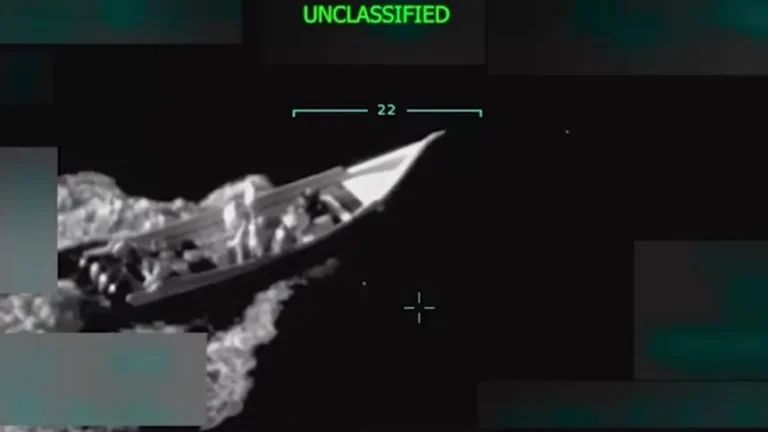
BOCA CHICA, TEXAS — A prototype of SpaceX’s Starship rocket exploded late Wednesday during a routine test at the company’s launch facility near the Gulf Coast, marking another setback in Elon Musk’s long-term goal of Mars colonization.
The uncrewed vehicle, known as Starship 36, was undergoing a static fire test when it suffered what officials described as a “catastrophic failure.” The incident occurred around 11:00 p.m. local time, with flames and a powerful explosion captured on video near the launch stand.
SpaceX confirmed the incident and stated that all safety protocols were followed. “A safety perimeter was maintained throughout the test, and all personnel are safe and accounted for,” the company announced on social media. “We ask the public to stay clear of the area while safety operations are ongoing.”
Officials in Cameron County, Texas, which includes the Starbase facility, also confirmed the event, emphasizing that there was no danger to nearby communities.
The failed test involved a static fire, a procedure in which engines are briefly ignited while the rocket remains secured to the ground. This is part of standard launch preparations for the company’s reusable heavy-lift system.
At 403 feet tall, Starship is the largest and most powerful rocket ever built. It is central to SpaceX’s ambitions to enable crewed missions to the Moon and Mars. The rocket is designed to carry up to 150 metric tons of cargo and is intended to be fully reusable to lower spaceflight costs.
This latest mishap follows another recent incident in May, when a prototype disintegrated over the Indian Ocean after failing to separate its booster properly. Previous flights also encountered issues, including an upper stage failure over the Caribbean. Despite the setbacks, SpaceX maintains a “fail fast, learn fast” development strategy to accelerate innovation and reduce turnaround times between launches.
NASA continues to rely on SpaceX for human spaceflight missions, particularly through its Dragon capsule program. The U.S. Federal Aviation Administration (FAA) recently authorized SpaceX to increase the annual number of Starship test launches from five to 25, despite objections from conservation groups concerned about environmental impacts.
Starbase, located near the Texas-Mexico border, serves as the primary test site for the Starship program and has been the focal point of numerous high-profile launches and developmental milestones. The company recently achieved the complex feat of catching the massive Super Heavy booster using robotic arms—a key step toward rapid rocket reuse.
The cause of Wednesday night’s explosion remains under investigation. SpaceX has not released additional technical details at this time.
Further updates will be provided as more information becomes available.





